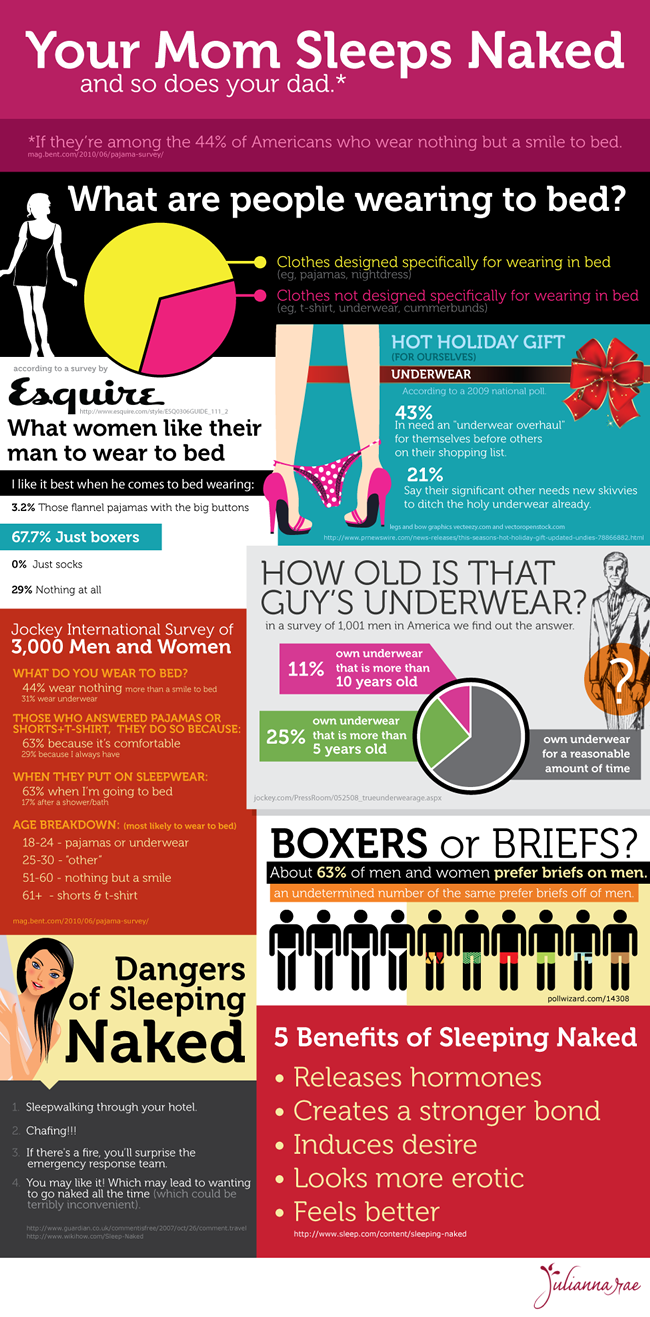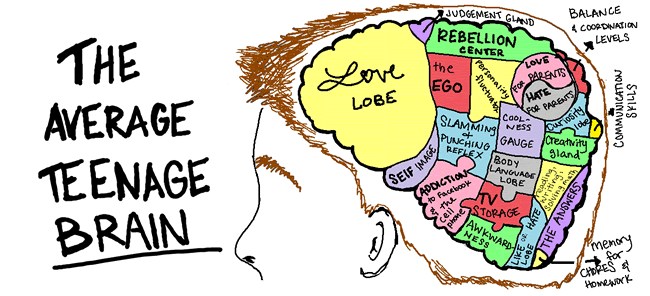
[div class=attrib]From Vanity Fair:[end-div]
The tiny, oil-rich nation of Qatar has purchased a Paul Cézanne painting, The Card Players, for more than $250 million. The deal, in a single stroke, sets the highest price ever paid for a work of art and upends the modern art market.
If the price seems insane, it may well be, since it more than doubles the current auction record for a work of art. And this is no epic van Gogh landscape or Vermeer portrait, but an angular, moody representation of two Aix-en-Provence peasants in a card game. But, for its $250 million, Qatar gets more than a post-Impressionist masterpiece; it wins entry into an exclusive club. There are four other Cézanne Card Players in the series; and they are in the collections of the Metropolitan Museum of Art, the Musée d’Orsay, the Courtauld, and the Barnes Foundation. For a nation in the midst of building a museum empire, it’s instant cred.
Is the painting, created at the cusp of the 20th century, worth it? Well, Cézanne inspired Cubism and presaged abstract art, and Picasso called him “the father of us all.” That said, “$250 million is a fortune,” notes Victor Wiener, the fine-art appraiser called in by Lloyd’s of London when Steve Wynn put his elbow through a Picasso, in 2006. “But you take any art-history course, and a Card Players is likely in it. It’s a major, major image.” For months, he said, “its sale has been rumored. Now, everyone will use this price as a point of departure: it changes the whole art-market structure.”
The Cézanne sale actually took place in 2011, and details of the secret deal are now coming out as a slew of V.I.P. collectors, curators, and dealers head to Qatar for the opening next week of a Takashi Murakami blockbuster that was recently on view in the Palace of Versailles. The nation, located on its own small jetty off the Arabian Peninsula, is a new destination on the art-world grand tour: current exhibitions include an 80-foot-high Richard Serra and a Louise Bourgeois retrospective (her bronze spider is crawling across the Doha Convention Center), and in March it hosts a Global Art Forum that attracts artists, curators, and patrons from museum groups worldwide.
[div class=attrib]Read the entire article here.[end-div]
[div class=attrib]Image: Card Players by Paul Cezanne. Courtesy of Vanity Fair.[end-div]

 [div class=attrib]From Scientific American:[end-div]
[div class=attrib]From Scientific American:[end-div]
 New research suggests that women feel pain more intensely than men.
New research suggests that women feel pain more intensely than men. French children, it seems, unlike their cousins in the United States, don’t suffer temper tantrums, sit patiently at meal-times, defer to their parents, eat all their vegetables, respect adults, and are generally happy. Why is this and should American parents ditch the latest pop psychology handbooks for parenting lessons from La Belle France?
French children, it seems, unlike their cousins in the United States, don’t suffer temper tantrums, sit patiently at meal-times, defer to their parents, eat all their vegetables, respect adults, and are generally happy. Why is this and should American parents ditch the latest pop psychology handbooks for parenting lessons from La Belle France?



 Author Susan Cain reviews her intriguing book, “Quiet : The Power of Introverts” in an interview with Gareth Cook over at Mind Matters / Scientific American.
Author Susan Cain reviews her intriguing book, “Quiet : The Power of Introverts” in an interview with Gareth Cook over at Mind Matters / Scientific American.

 theDiagonal has carried several recent articles (
theDiagonal has carried several recent articles ( A popular stereotype suggests that we become increasingly conservative in our values as we age. Thus, one would expect that older voters would be more likely to vote for Republican candidates. However, a recent social study debunks this view.
A popular stereotype suggests that we become increasingly conservative in our values as we age. Thus, one would expect that older voters would be more likely to vote for Republican candidates. However, a recent social study debunks this view.

 A group of new research studies show that our left- or right-handedness shapes our perception of “goodness” and “badness”.
A group of new research studies show that our left- or right-handedness shapes our perception of “goodness” and “badness”.

 Once in a while a photographer comes along with a simple yet thoroughly new perspective. Japanese artist Photographer Hal fits this description. His images of young Japanese in a variety of contorted and enclosed situations are sometimes funny and disturbing, but certainly different and provocative.
Once in a while a photographer comes along with a simple yet thoroughly new perspective. Japanese artist Photographer Hal fits this description. His images of young Japanese in a variety of contorted and enclosed situations are sometimes funny and disturbing, but certainly different and provocative.
